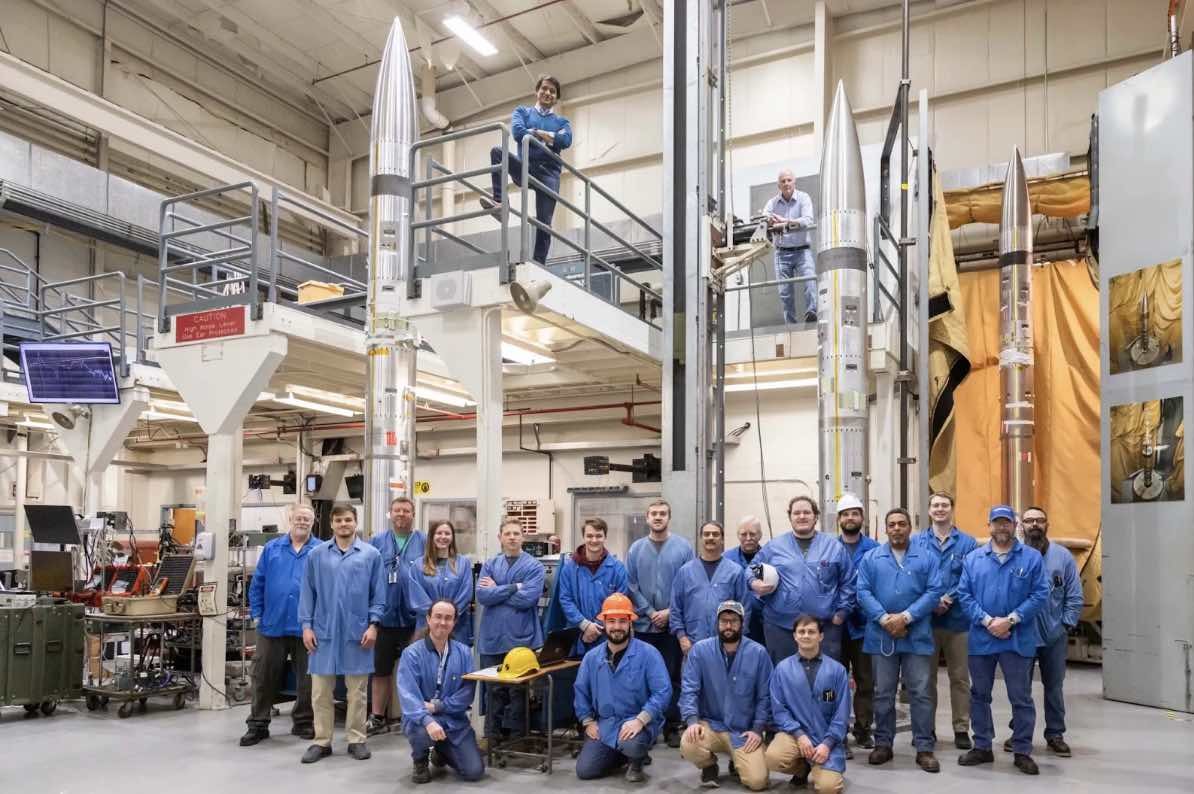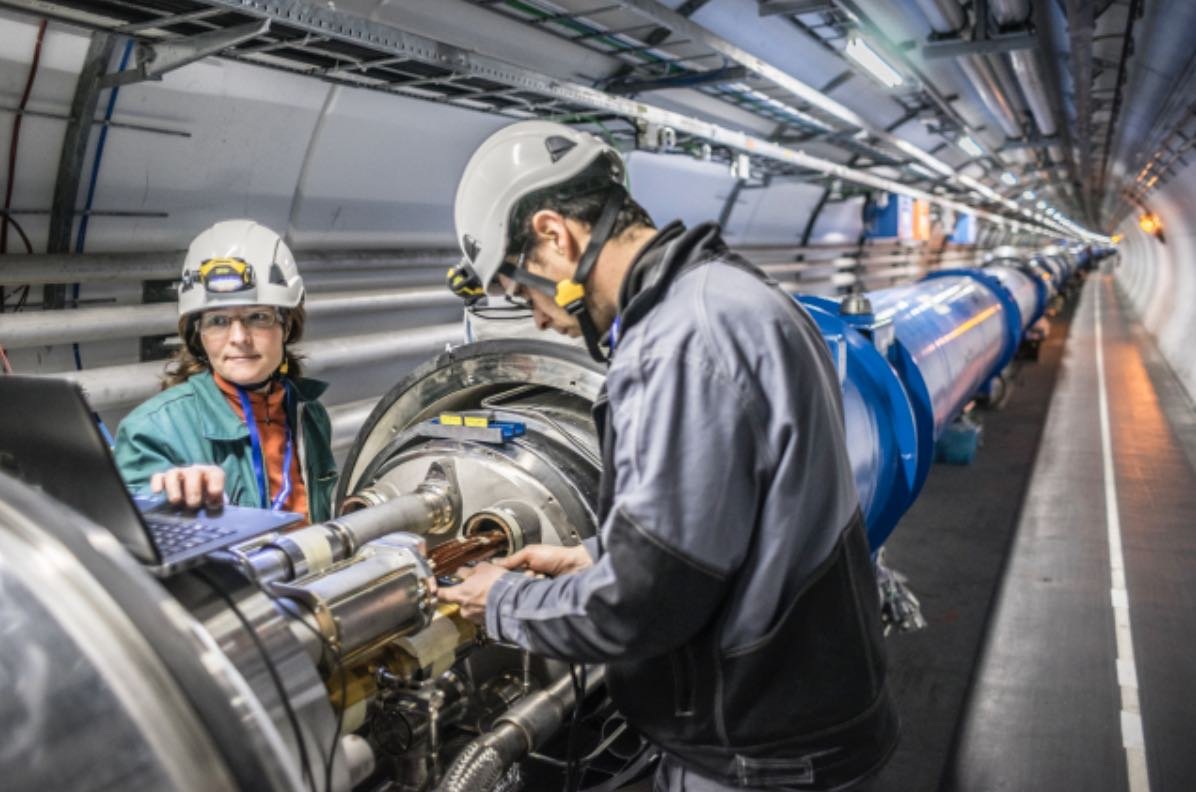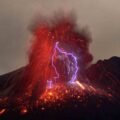What happens when NASA launches a rocket during a full solar eclipse and CERN activates its particle accelerator simultaneously? We’ll find out on April 8.
During the once-in-a-generation celestial phenomenon, several unique scientific investigations will be focused on the solar eclipse, aiming to harness a better understanding of what happens during these events.
A total solar eclipse is where the Moon moves between the Sun and Earth by completely blocking the Sun’s surface and casting a shadow on Earth. Millions of people across Mexico, the United States and Canada will be located in the path of totality (where the Moon’s shadow completely covers the Sun) to witness this occurrence.
As part of the experiments it will be undertaking, NASA has scheduled three sounding rocket launches, and WB-57 high-altitude planes will also take off to examine the unique conditions between the Sun and the Earth that will occur.
NASA’s Investigations of the 2024 Full Eclipse
NASA scientists will observe and gather information during the solar eclipse to help scientists better understand and study how Earth’s upper atmosphere is affected when sunlight momentarily dims over a portion of the planet. Additionally, the space agency says it will investigate the ionospheric disturbances that occur when the Moon passes in front of the Sun during an eclipse.
The sounding rockets will lift off from NASA’s Wallops Flight Facility in Virginia and are scheduled to launch at different times. Currently, launches are scheduled for 45 minutes before the event, as well as during and after the peak local eclipse.
The ionosphere is a region of Earth’s atmosphere between 55 to 310 miles (90 to 500 kilometers) above the ground. Located between Earth’s lower atmosphere and space, it is composed of ionized particles charged by the Sun’s energy, and it can be very challenging to predict changes that can occur due to space weather conditions.
“It’s an electrified region that reflects and refracts radio signals, and also impacts satellite communications as the signals pass through,” according to Aroh Barjatya, the team leader at Embry-Riddle Aeronautical University in Florida, in a NASA online statement.
“Understanding the ionosphere and developing models to help us predict disturbances is crucial to making sure our increasingly communication-dependent world operates smoothly,” Barjatya said.


During an eclipse, ionospheric disturbances that can impact a number of different communications frequencies can happen relatively quickly, which include communications with the International Space Station. The plan is for NASA’s APEP-sounding rockets to study these changes, which will provide data that it can use to refine models predicting communication disturbances.
The upcoming total solar eclipse presents a rare opportunity for these studies, as the next solar eclipse over North America is not until 2044.
CERN to Test the World’s Most Powerful Particle Accelerator
Since the conclusion of its Run 3 operations last October, the CERN Large Hadron Collider (LHC) particle accelerator is also revving up to smash protons again, as its current 2024 operations will also coincide with this year’s total eclipse. These experiments will aim to find evidence of invisible particles that may offer insights into the hidden secrets of our universe, particularly dark matter.
Previously, the theoretical existence of 17 distinct particle groups has been proposed, and CERN, the European Organization for Nuclear Research, famously confirmed the existence of one such group in 2012 using its Large Hadron Collider (LHC).


So why will CERN be conducting its experiments during a solar eclipse?
Although many have speculated about the timing of the forthcoming CERN experiment, Dr. Clara Nellist, a particle physicist with CERN, says the fact that the collider’s next round of tests happens to coincide with the date of the eclipse is just a coincidence.
“It’s the regular running that starts on April the 8th,” Nellist said in an update posted on YouTube. “It just happens to coincide with an astronomical event.”
The experiment will recreate conditions post-Big Bang by accelerating protons in a 17-mile tunnel. The experiment that will occur during the eclipse is part of CERN’s normal periodic LHC operation, which requires careful planning.
So, while CERN’s experiments are not connected to the eclipse conditions that NASA will be studying, April 8 will be a busy day for scientists around the world, and especially for solar eclipse enthusiasts, providing an exceptional opportunity to glean new insights about a range of phenomena of interest to scientists.
Editor’s Note: This article has been updated to clarify the timeframe during which the LHC’s previous 2023 operational period ended.
Chrissy Newton is a PR professional and founder of VOCAB Communications. She hosts the Rebelliously Curious podcast, which can be found on The Debrief’s YouTube Channel. Follow her on X: @ChrissyNewton and at chrissynewton.com.

